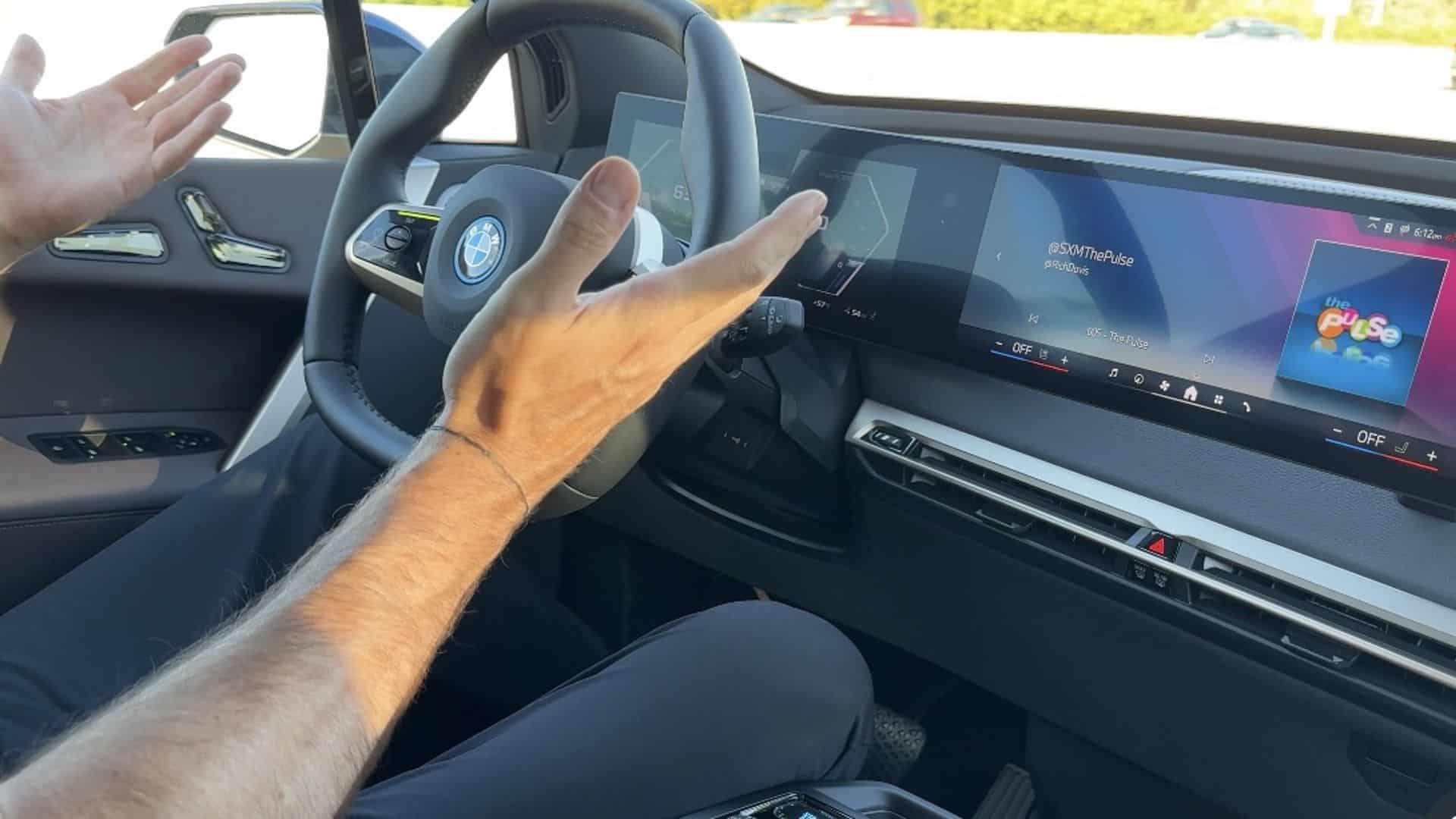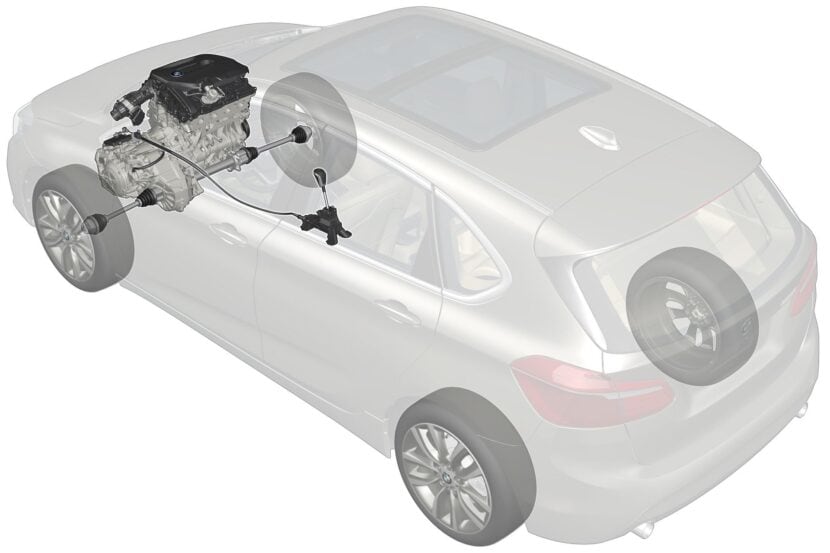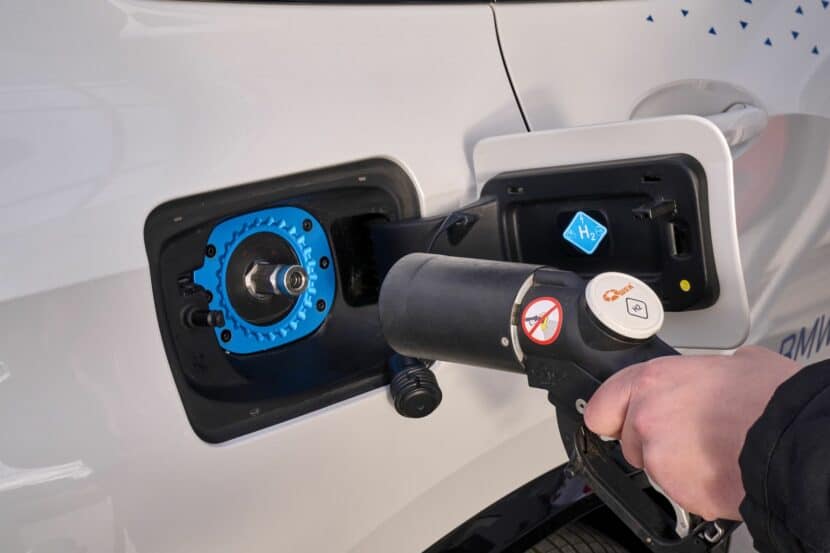Advanced driver assistance systems, or ADAS, are technologies that help drivers improve their safety and comfort on the road. ADAS can provide features such as adaptive cruise control, lane keeping assist, blind spot detection, parking assist, and collision warning. These features can reduce driver fatigue, prevent accidents, and save lives.
What Systems Were Tested
BMW also offers them as individual packages and/or options, or bundled up in the Highway Assistant package. The ADAS package started as Level 2 but it’s now considered a Level 2+ function in the BMW iX, 5 Series and 7 Series, including the i5 and i7. Testing these systems is hardly a scientific test since the variables are infinite in day-to-day driving. But tech centric magazine TechCrunch decided to try out four different ADAS packages from BMW, Mercedes-Benz, Chevrolet and Tesla.
These are the systems and cars:
- BMW Highway Assistant: 2023 BMW i7 xDrive60
- Chevrolet Super Cruise: 2023 Chevrolet Suburban 4WD High Country
- Ford BlueCruise: 2023 Ford Mach-E Premium AWD
- Mercedes-Benz Active Distance Assist Distronic with Active Steering Assist and Drive Pilot: 2023 Mercedes-Benz EQS
- Tesla Full Self-Driving: 2021 Model Y with FSD beta software version 11.4.2
BMW Comes in 2nd
We won’t spoil the comparison since the writer Tim Stevens has done a phenomenal job outlining some of the differences, but the end result is this: BMW’s Highway Assistant came in a close second after the Super Cruise, mostly because of the lack of an automated lane change feature.
The said function is only part of the 2024 BMW 5 Series and i5 model lineup, but will soon roll out to other vehicles as well. It’s essentially a tech feature that allows a lane change by simply confirming the request with a look in the side mirror. We tested the eye-tracking lane change feature in France and Portugal and came back impressed.
What is the BMW Highway Assistant?
We’re also currently testing the Highway Assistant in the BMW iX M60. The Highway Assistant is designed to work only on controlled access highways, where there are no pedestrians, cyclists or intersections. The system also relies on high-definition maps, sensors and cameras to navigate the road conditions and traffic situations. First, you need to press the I/O button on the steering wheel and you will now have two options to select: Driving Assist and Assist Plus.
Once the Level 2+ system detects that the road conditions are suitable for hands-free driving, it will display a message on the dashboard indicating that “Driving Assist Plus” is available. The steering wheel is equipped with two LEDs on both sides that illuminate in green when hands-free driving is active, at which point you can safely remove your hands from the wheel. Priced at $2,300, the Driving Assistance Professional Package may seem a bit steep, but it’s unquestionably the one feature it’s worth adding to the BMW iX.
Here is the full TechCrunch report here.






































































